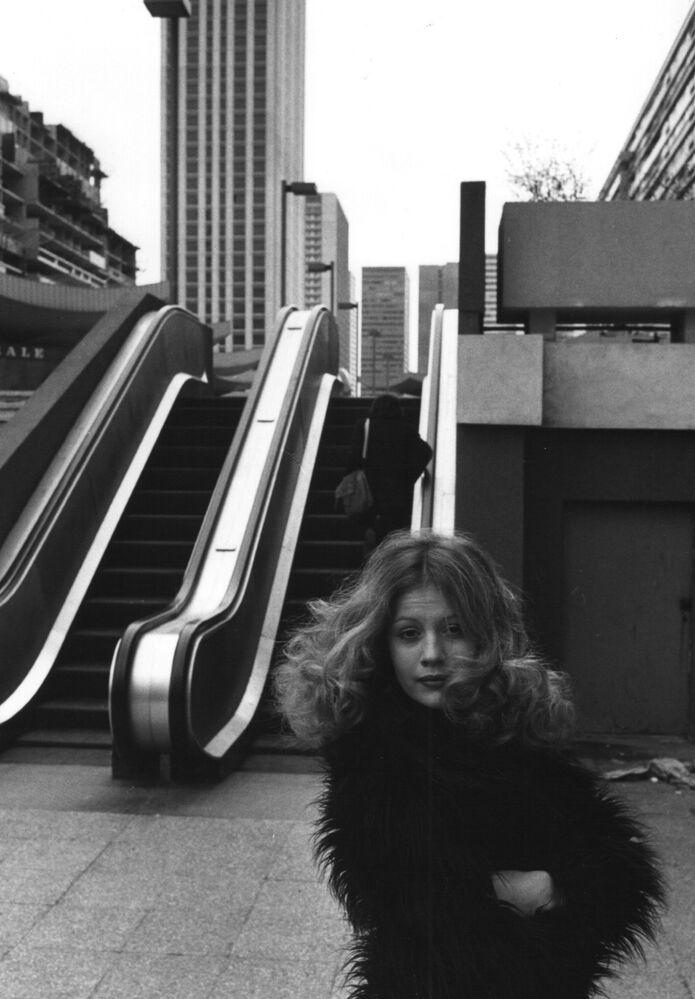
Paris, 1970
Robert Doisneau
1912 - 1994
Silver Gelatin Print. 22.5 x 15.6 cm.
© Robert Doissneau
Om fotografen
Robert Doisneau was born on April 14th, 1912, in Gentilly, in the southern suburbs of Paris, where he lived all his life.
He entered the École Estienne (book trade) at the age of thirteen and graduated four years later as a lithographer.
He took his first photographs in 1929 with a camera borrowed from his half-brother Lucien. Employed at the Uhlmann studio as an advertising draughtsman, he soon understood the value of the photographic image and was soon appointed assistant to the newly created photo laboratory.
In 1931, he became an assistant to the sculptor, painter and photographer André Vigneau, who introduced him to a new perception of the image and to the artistic world that was to become his own. In 1932, thanks to André Vigneau, the magazine Excelsior published his first personal report on the Saint-Ouen flea market.
He did his military service in 1933 in the Vosges, where he discovered his anarchist leanings.
On his return he was hired as a photographer in the advertising department of the Renault factories in Boulogne-Billancourt but was dismissed in 1939 for "repeated lateness” and took the risky decision to become a freelance photographer.
In 1934 he married Pierrette Chaumaison and had two daughters, Annette and Francine.
Called up for military service in 1939, he was discharged in 1940 for health reasons. During the war, commissions were few, so he continued to produce images on his own account, using his graphic design skills to forge papers for the Resistance.
After the Liberation, he began to publish regularly in the press. He joined the Alliance photo agency, which he left very quickly before joining the Rapho agency, which was to become his own.
His photos were published in magazines such as Life, Point de vue, Regards and Picture Post.
Robert Doisneau was launched. He won the Kodak Prize in 1949, the Niepce Prize in 1956, and was invited to take part in major international exhibitions. His friends included Blaise Cendrars, Jacques Prévert, Maurice Baquet and later Cavanna, Sabine Azéma and Daniel Pennac.
A tireless worker, he succeeded in wresting his photographic work from an overloaded schedule of industrial and advertising commissions. During the last ten years of his life, he enjoyed immense success. Books and films were devoted to him, and with a burst of incredulous laughter he joined the pantheon of artists he had photographed so often.
Robert Doisneau died on April 1st, 1994. He is buried next to his wife Pierrette in the small village of Raizeux-en-Beauce, where they had met.
"I've never really thought about why I took photographs. In reality, it's a desperate struggle against the idea that we're going to disappear... I'm stubbornly trying to stop time running away. Which is complete madness” (Robert Doisneau, 1991).